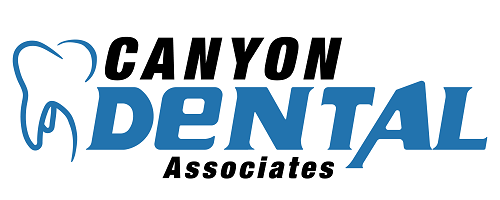In an era where information is just a click away, distinguishing between fact and fiction can be a challenge, especially when it comes to dental care. At Canyon Dental Associates, we prioritize not only the oral health of our patients but also their education. Understanding the truth behind common dental myths is crucial for maintaining optimal oral health. In this article, we’ll debunk some of the most pervasive myths, helping you make informed decisions about your oral health care.
Myth 1: Flossing Isn’t That Important
The Truth Behind the Strings One of the most common myths is that brushing alone is enough to keep your teeth clean and healthy. However, flossing plays an integral role in oral hygiene by removing food particles and plaque from between teeth where a toothbrush can’t reach. Skipping flossing can lead to plaque buildup, which can cause gum disease, tooth decay, and even tooth loss. Regular flossing, as recommended by dental professionals, is essential for comprehensive oral care.
Myth 2: Dental X-Rays Are Unnecessary and Unsafe
Seeing Beyond the Surface Another widespread misconception is that dental X-rays are unnecessary and expose patients to harmful levels of radiation. The truth is, dental X-rays are a vital tool for diagnosing problems that aren’t visible during a regular dental exam, such as issues within the tooth, below the gum line, or in the jaw. Modern dental X-ray technology uses minimal radiation, and the risk is further reduced by protective measures like lead aprons. These X-rays are essential for early detection and treatment of dental issues.
Myth 3: Tooth Whitening Damages Enamel
Bright Smiles, Safely Achieved Many people believe that tooth whitening can damage enamel, leading to increased tooth sensitivity or decay. However, when conducted by professionals or under their guidance using approved products, tooth whitening is safe and does not harm the tooth enamel. The key is to follow the product instructions or the advice of your dental professional to ensure a safe and effective whitening process.
Myth 4: Sugar Is the Only Cause of Cavities
A Sticky Situation While it’s true that sugar plays a significant role in cavity formation, it’s not the only culprit. Carbohydrates, acids from certain foods and drinks, and even some healthy foods can contribute to tooth decay. The real issue is the length of time sugars and acids remain on the teeth, leading to enamel breakdown. Regular brushing, flossing, and professional dental cleanings are crucial in preventing cavities, regardless of the source.
Myth 5: If Your Gums Bleed, It’s Best to Avoid Brushing Them
Bleeding Gums: A Sign to Take Action A common misconception is that bleeding gums are a sign to stop brushing or flossing the affected area. In reality, bleeding gums often indicate inflammation due to plaque buildup, which can lead to gum disease if not addressed. Gentle brushing and flossing, along with regular dental check-ups, can help reduce inflammation and improve gum health.
Conclusion
At Canyon Dental Associates, we understand the importance of accurate information for maintaining oral health. By debunking these common dental myths, we aim to empower our patients with the knowledge they need to make informed decisions about their dental care. Remember, regular dental check-ups and cleanings are essential for detecting and treating dental issues early. If you have any questions or concerns about your oral health, don’t hesitate to contact us. Together, we can achieve and maintain a healthy, beautiful smile.
Citations
- American Dental Association (ADA). “Oral Health Topics: Flossing.” ada.org.
- U.S. Food and Drug Administration (FDA). “Dental Radiography: Doses and Film Speed.” fda.gov.
- American Academy of Cosmetic Dentistry (AACD). “Teeth Whitening Safety Tips.” aacd.com.
- National Institute of Dental and Craniofacial Research (NIDCR). “The Truth About Cavities.” nidcr.nih.gov.
- Centers for Disease Control and Prevention (CDC). “Gum Disease.” cdc.gov.


